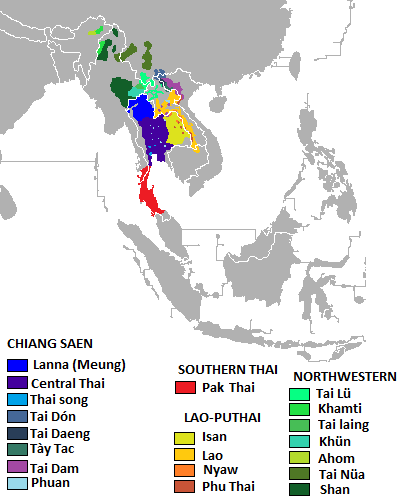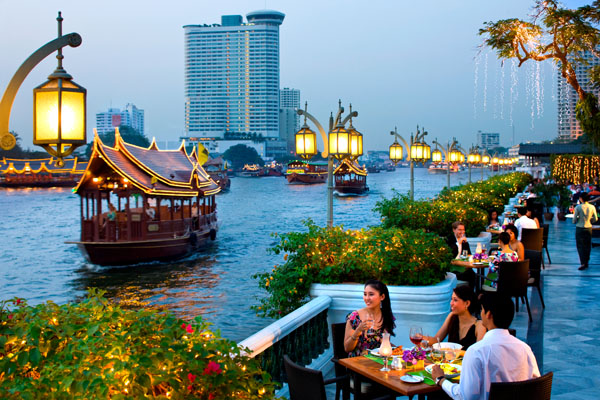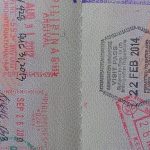According to a 2021 survey, the most common languages spoken in Thailand are:
- Thai (92.7%)
- English (44.6%)
- Chinese (8.5%)
- Burmese (2.4%)
- Malay (1.9%)
Followed by Lao, Vietnamese, and Cambodian.
It’s no surprise that Thailand is home to a diversity of languages, as it shares borders with many other countries and is a major economic hub in Southeast Asia. But you might be surprised to find out that Thailand has more than 60 recognized languages!
Lets go through the most commonly spoken ones, one by one:
1. Thai
Thai is the national language of Thailand and is spoken by the vast majority of the population. Thai language is spoken by over 69 million people (2020).
Over half of its vocabulary is derived from or borrowed from Pali, Sanskrit, Mon and Old Khmer.
Chinese-language influence was strong on Thai language until the 13th century when the use of Chinese characters was abandoned, and replaced by scripts heavily influenced by Sanskrit.
Interestingly, the Thai vocabulary retains many words borrowed from Middle Chinese. Many native Chinese speakers find it easy to learn Thai, and Thai speakers Chinese, because of tonal similarities between the two languages.
Related: Learn Thai in Bangkok
Thai Dialects
Thai has multiple dialects. The main ones are mutually intelligible:

1. Central Thai. The main Thai language is also called Central Thai. This is the official language and the primary dialect used in schools and television and media. This is the most beneficial dialect to learn.
2. Isaan. This name represents all the dialects of the Lao language. It is spoken more in the Northeastern region.
3. Southern Thai. People in the South of Thailand speak the Southern Thai dialect.
4. Northern Thai. This dialect is spoken in the North of Thailand.
Many other dialects are spoken across the country as well, however these dialects account for the majority of Thai speakers.
2. English
English comes in second at 44%. This is no surprise to anyone who has been to Bangkok or other popular tourist destinations such as Phuket or Koi Samui. Apart from being the de-facto language of Thai tourism, English is also the universal language of business and is widely spoken in urban areas.
In addition, many Thai people study English as a second language in primary school, secondary school and University. English fluency is more prevalent amongst young people.
3. Chinese
Chinese is common in Thailand (8.5%) because Thai Chinese are the largest ethnic minority in the country, accounting for 11-14% of the population.
Thai Chinese have become deeply ingrained into Thai society over the past 200 years. The present Thai royal dynasty, the Chakri Dynasty, was founded by King Rama I, who himself was part Chinese.
A significant number of Thai Chinese are the descendants of intermarriages between ethnic Chinese and native Thais; many of these descendants have assimilated into Thai society and self-identify solely as Thai.
Mandarin is the most commonly spoken Chinese dialect in Thailand followed by Cantonese and Hokkien.
4. Burmese
Burmese is spoken by a small minority of Thais who have ancestry from Myanmar (Burma).
Most Burmese speakers live in border areas near Myanmar such as Mae Sot district in Tak province. The Burmese dialect spoken in Mae Sot is actually a variety of Shan Language which is also spoken in parts of Myanmar and northern Thailand.
The Civil War in Myanmar following the 2021 coup d’état has also led to a large influx of Burmese refugees in Thailand and surrounding nations.
5. Malay
Malay is mainly spoken by Muslims living in southern Thailand where Islam is the dominant religion.
The Malay dialect used in southern Thailand has significant influences from both standard Malay as well as Thai dialects resulting in a unique form of the language known as Jawi Malay or Pattani Malay depending on which part of southern Thailand you are located.







